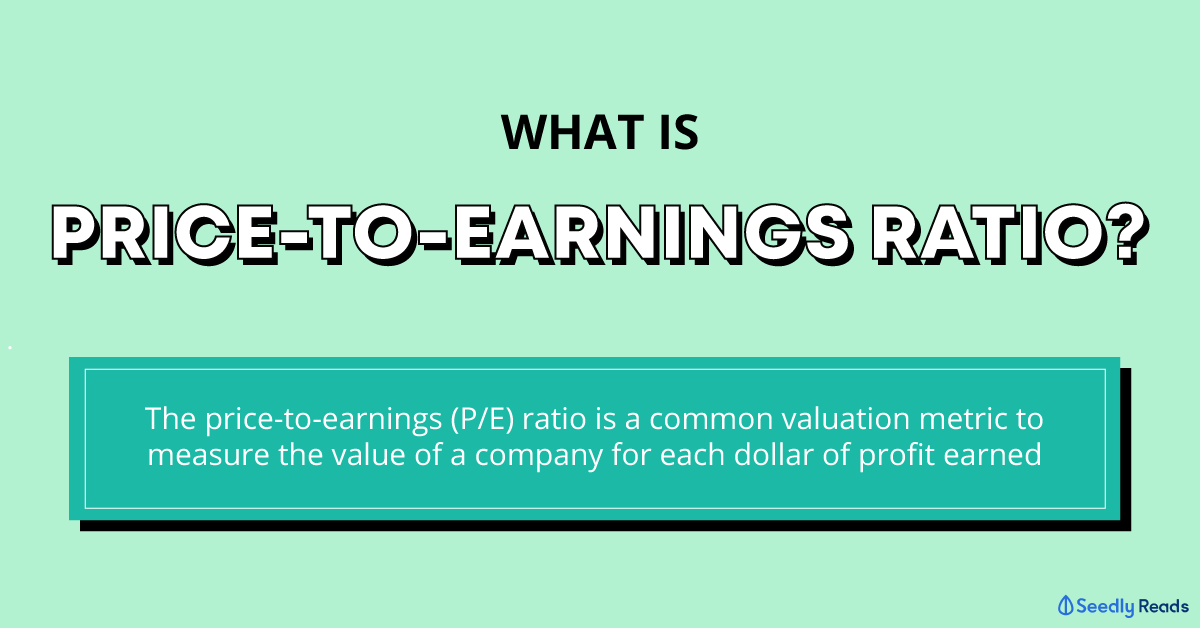Advertisement
Anonymous
When do you look at P/E ratio VS P/S ratio?
I have a question when do you look at P/E and P/S ratio?
As much as I know, people usually refer to P/S when the company is at the start up phase, there is no indication on P/E because the company is still not profitable and their eps is at the loss.
P/E is when the company is mature, establish and there is earning which we can refer to eps.
Correct me if i am wrong. Thanks.
7
Discussion (7)
Learn how to style your text
Reply
Save
Chris
08 Feb 2021
Owner and Writer at Tortoisemoney.com
Generally, yes, I do agree with you. I use P/S mainly for companies with very high growth, which tend to usually not be profitable or have very low profitability. Likewise, I do use P/E for more mature companies as well.
However, do also note that P/S and P/E cannot be used in isolation, it is important to compared the P/S and P/E with the expected growth in sales/earnings of the company as well to assess if the P/S or P/E reflects that reality.
Moreover, P/S and P/E ratios should also be compared with similar (as far as possible) competitors for a gauge of how the market is valuing each company.
Reply
Save
Write your thoughts
Related Articles
Related Posts
Related Posts
Advertisement








I suggest looking at the interviews of Warren Buffett and Charlie Munger. P/E and P/S ratio are very very traditional methods and for the longest time, these 2 investors have mentioned about ignoring these metrics.
These metrics were useful in the past where less people were investing and access to financial information was more difficult. It was not tough to find undervalued companies and thus these metrics were good as a quick glance.
However, these metrics have major flaws, one of which is they do not account for future growth. P/E is simply what people are paying for the current earnings the company is achieving. However, 2 companies of the same P/E are not equally valued if their growth is different.
Company A with a P/E of 40 but growth rate projected about 20% for next 10 years
Vs
Company B, P/E 40 but growth rate projected 5% next 10 years